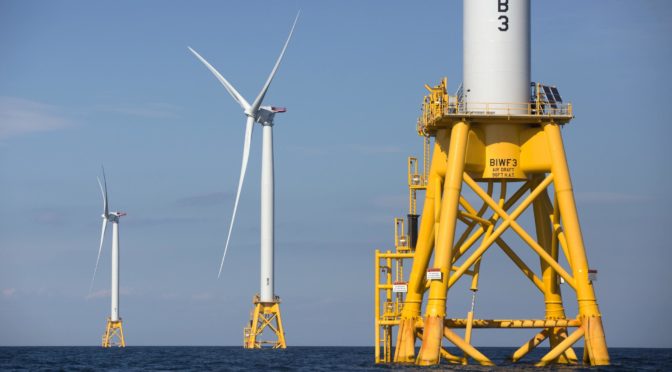In a programme that could save large wind farms millions of pounds both in CAPEX and OPEX, advanced metallic coatings with potential self-healing properties are being developed that could lower the Levelised Cost of Energy (LCoE) significantly. Managed by LIC, the CROWN Project is a partnership of corrosion, manufacture, installation and modelling industry leaders dedicated to making costly, and difficult-to-fit sacrificial anodes that need bulky steel support structures, a thing of the past. LICengineering and LICenergy is looking at how the widespread use of tons of aluminium and steel, costing several tens of thousands of pounds per offshore turbine foundation. can be replaced by the large-scale use of self-healing TSA metallic coatings, explains Diego Cocco, Senior Structural Design Engineer at LICenergy.
New guidelines to build confidence
To make the commercial benefits widely available, CROWN is creating guidelines for the marketplace to give developers confidence in switching to thermally sprayed aluminium (TSA) coatings on a whole-foundation scale. In effect, the entire offshore structure now becomes one giant anode. A further important environmental advantage is that far less aluminium is corroded away and released into potentially fragile seas.
Offshore industry problem
Although thermally sprayed aluminium (TSA) and other metallic coating variants have been used in other industries, and on a relatively small scale within offshore wind, the full potential of the coating system is yet to be fully realised. We aim to change that. The traditional and most common method of protecting offshore wind turbine foundations from the harsh marine environment is galvanic sacrificial anodes – in practice large lumps of aluminium hung from foundations below the water line. When connected electrically to the foundation they corrode preferentially to protect the foundation steel from rusting.
Lighter, cheaper and faster
This is a tried and tested method. It is also both crude and costly. Anodes can weigh multiples of tens of tons for large foundations – a significant cost in and of itself. However, that’s not the only downside. Installing large lumps of aluminium offshore often calls for expensive lifting operations that frequently involve the use of large bespoken tools, divers and ROVs to secure the structure and finalise the electrical connection.. Large blocks of steel and aluminium also attract additional wave loads, which in turn forces primary steel sizes upwards. All of which drives up the cost of offshore wind energy.
A complete replacement system
TSA (and other similar coatings) could potentially replace sacrificial anodes altogether, reducing the cost of offshore wind foundations at a stroke. This would have massive cost-saving implications at a number of levels:
-
- Huge cost saving by removing anodes entirely – the whole coating is effectively one giant anode
-
- Ability to further optimise foundations due to reduced hydrodynamic loading
-
- No fatigue sensitive attachment details required at critical subsea locations, as often seen with anode cage systems – further design optimisations of primary steel therefore possible
-
- A more robust solution for internal use in monopiles – with reduced or removed need for forced ventilation/water exchange systems/modelling
-
- Additional cost of coating compared with traditional epoxy coatings is balanced by near-zero curing time and only single coat application requirement
-
- It has self-healing properties when subjected to small scale damage – O&M requirements therefore reduced
Innovative aspect
TSA per say is not a new product. Historically, it has been the preserve of oil and gas majors to protect small areas of specialist structures. The CROWN project’s aim is to use it in new and innovative ways. Specifically, to develop the application for the offshore wind market on a much larger scale than anything seen to date. To achieve this, the consortium has brought together its combined in-depth understanding of both the industry and its requirements. This includes foundation designers, manufacturers, coating specialists, wind farm developers and research organisations to ensure that no area is omitted.
Two key issues
Key issues that are preventing the large-scale uptake of TSA in the offshore wind industry have also been addressed, with a with a strong focus on two in particular. The first practical manufacturing guidance. The second is long-term performance of the coating, both mechanically and as a corrosion protection system. By offering both guidance for developers and evidence of the efficacy of coating, we are providing an invaluable insight into a material that could revolutionise the offshore wind industry. The project is backed by rigorous testing carried out by multiple-industry partners.


